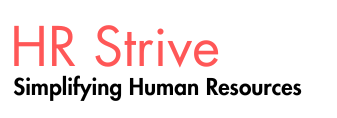In the world of HR strategy, organizational development isn’t just about fixing what’s broken—it’s about understanding how everything fits together. Like a physician examining a patient, HR professionals use organizational theories to diagnose performance issues and prescribe interventions that align people, processes, and purpose.
🧬 Why Organizational Theories Matter
Organizational theories help us decode how an organization functions—how its parts interact, where friction exists, and what needs realignment. Whether you’re using the McKinsey 7-S Framework, Kotter’s change model, or Lewin’s classic approach, the message is consistent: strategy only works when the organization is aligned.
🔑 Key Elements That Must Align with Strategy:
Structure: How teams and functions are organized and connected
Systems: The policies, processes, and technologies that guide work
Culture: Shared beliefs, values, and behaviors
Values: Principles that shape decisions and actions
Leadership: The tone and example set by those at the top
When these elements are misaligned, motivation drops, engagement suffers, and performance stalls. HR’s role is to assess these dynamics and guide the organization back to strategic health.
